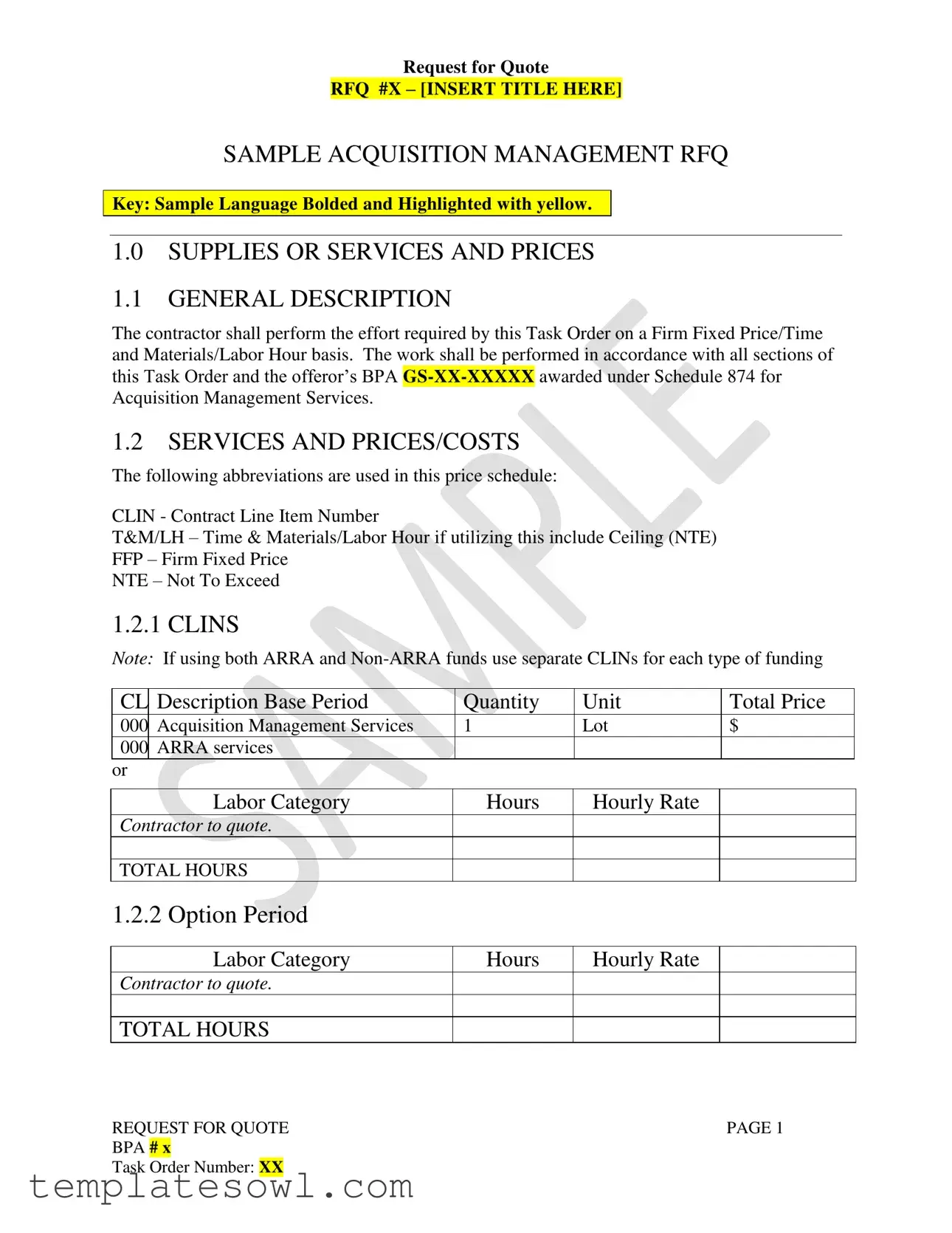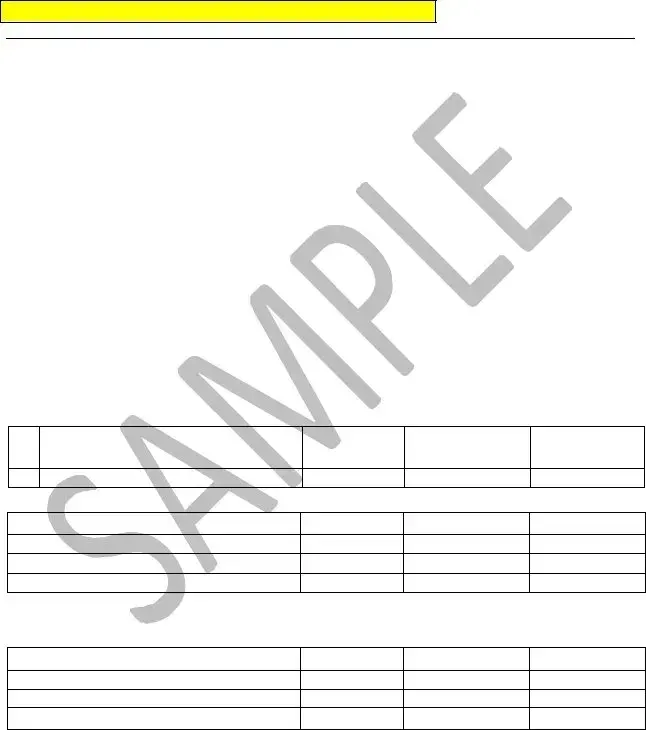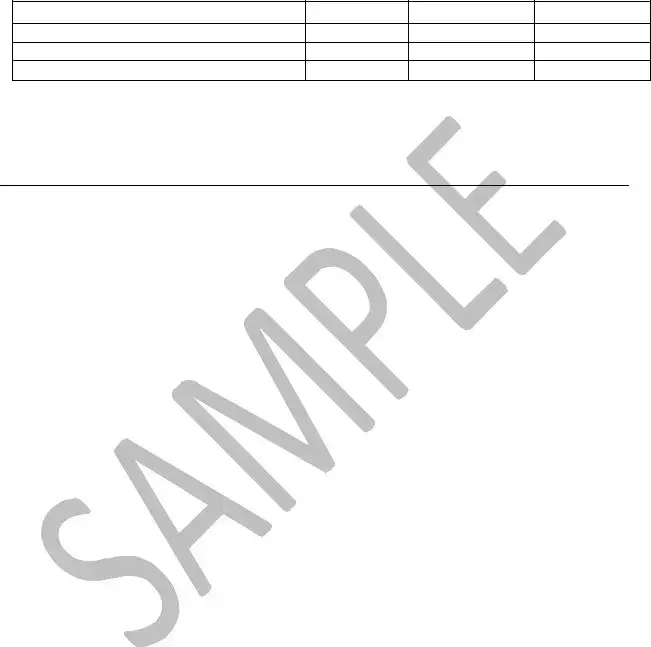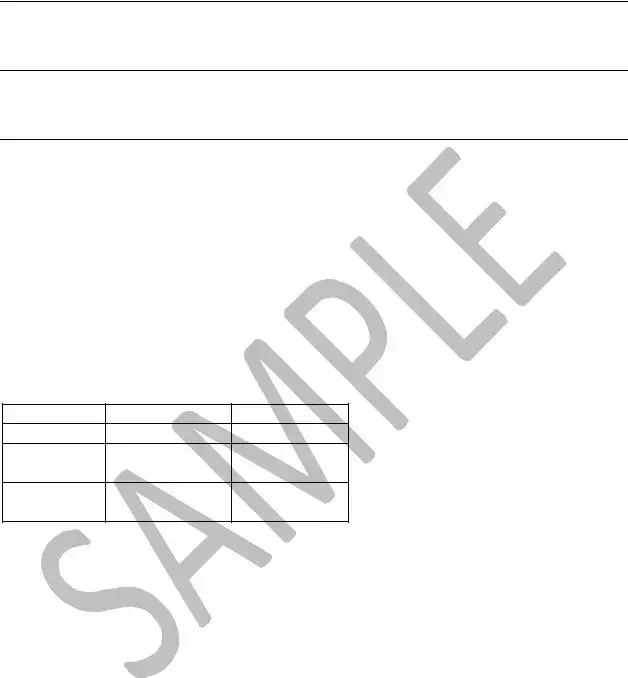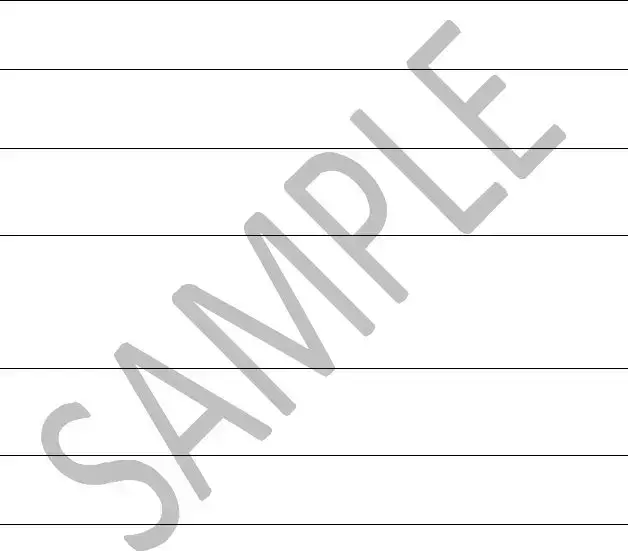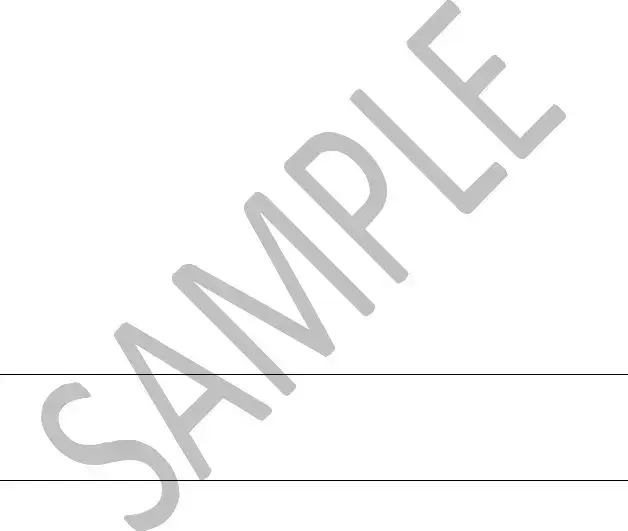Request for Quote
RFQ #X – [INSERT TITLE HERE]
contract administration support services, including assistance with reviewing Contractor performance, developing contract modifications, and investigating reports of contract discrepancies;
contract close-out assistance;
drafting policy or procedure documents for government review;
competitive sourcing support, including OMB Circular A-76 studies, strategic
sourcing studies, privatization studies, public-private partnerships, and Federal Activities Inventory Reform (FAIR) Act studies.
2.4.1Task 1 –Acquisition Planning Assistance
Subtask 1 - Monthly Progress Meeting & Reporting
The Contractor shall develop and submit Monthly Progress Reports to the COR and Task Order Contracting Officer for review at the Monthly Progress Meetings. The Monthly Progress Reports shall include a summary of activities
for the month, issues, and goals for the next month. The Monthly Progress
Reports shall summarize the Contractor’s accomplishments during the previous month, planned work during the upcoming month and any significant problems or issues requiring resolution, along with proposed corrective actions. The Contractor shall deliver these reports to all appropriate parties identified here. The Monthly Progress Reports shall include, at a minimum, the following information:
BPA number
Task Order Number
Project Activity for each Project
Project Manager
Accounting Control Transaction (ACT) number
Reporting period
Brief task description
For each employee: name, skill level, regular and overtime hours worked
(denoting on or off site), and cumulative regular and overtime hours worked along with the following statement, “I certify to the best of my knowledge and
belief that the above named employee(s) worked the hours shown at the skill levels indicated.” The signature and date of the Contractor Program Manager of his/her designee shall directly follow the above statement
A narrative review of work accomplished during the reporting period and significant events
Deliverable Status
Problem areas and task risks
Personnel actions for the period (separations, labor category changes, recruitments)
Anticipated activity for the next reporting period
